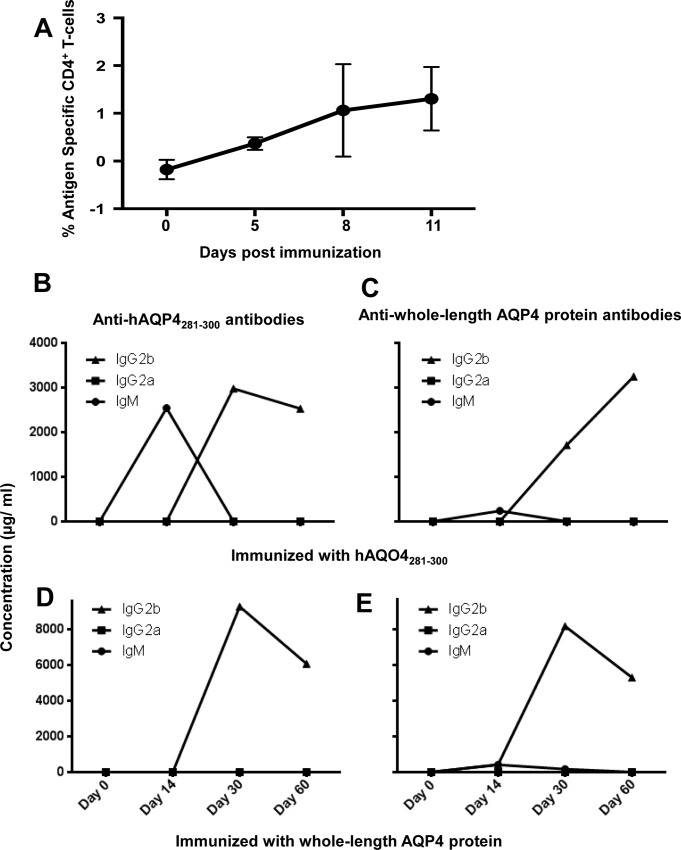Fig 1. Immunization with human (h)AQP4281-300 leads to an expansion of antigen-specific CD4+ T cells in vivo, and an Ig isotype switch in HLA-DRB1*03:01 transgenic mice.
(A) Following immunization with human (h)AQP4281-300, an expansion of antigen-specific CD4+ T helper cells was detected by tetramer staining of lymph node cells. The fluorescent signal of HLA-DRB1*03:01-loaded tetramers minus the fluorescent signal of empty HLA-DRB1*03:01 tetramers is shown. CD4+ T helper cells provide soluble mediators that drive B cell differentiation immunoglobulin (Ig) class switching. To determine whether hAQP4281-300-reactive CD4+ T cells are capable of causing IgM to IgG isotype switching in HLA-DRB1*03:01 transgenic mice, the concentration of Ig against hAQP4281-300, mAQP4284-299, or with whole-length hAQP4 protein in serum of immunized mice was quantified longitudinally. Since the NMO-IgG is a human IgG1 isotype, both, the murine IgG2a and IgG2b isotype were examined as they have similar properties with regard to complement binding and the Fcγ receptor. A switch from IgM to IgG2b was detected in mice immunized with hAQP4281-300 peptide with regard to (B) antibody responses against hAQP4281-300 and (C) whole-length AQP4 protein. An Ig isotype switch from IgM to IgG2b was also detectable in mice immunized with whole-length AQP4 protein with regard to (D) antibody responses against hAQP4281-300 and (E) whole-length AQP4 protein.

